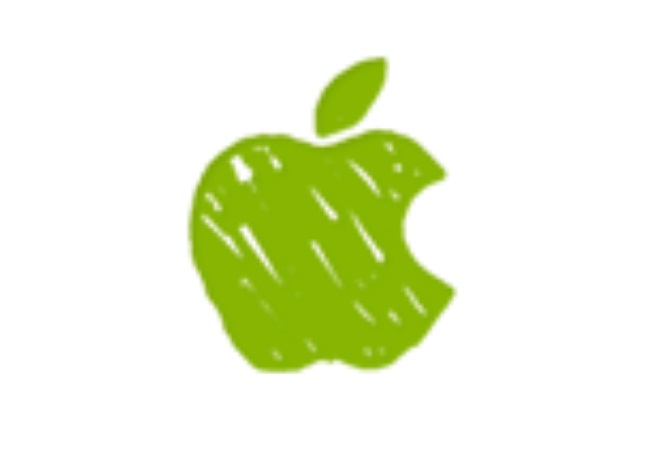Apple has reached an agreement with an unnamed third party supplier that will see it use recycled rare earth elements in its iPhone smartphones.
Going forward, the iPad maker plans to use the recycled rare earth metals in the iPhone’s Taptic Engine, which is a small linear actuator that mimics a click of a physical button on a flat pane of glass.
It should be noted that better recycling of old tech has long been championed as a way to avoid rare earth shortages. But the issue has become more pressing of late, as they have featured in the ongoing trade war between the United States and America.
![]()
Rare earth
The US has been withholding vital silicon chips from Chinese manufacturers, but the Asian country dominates the processing of raw minerals, and has implied via its state-controlled media that it could restrict rare earths sales to the United States.
There are 17 rare earth metals, including gallium (used as a silicon replacement material), indium (used in liquid crystal displays and solar panels) and selenium (used in photocopying, photocells, light meters, solar cells etc).
These metals are apparently known as “hitchhiker” metals because they are available only as by-products of mining major industrial metals such as aluminium, copper and zinc. This means that it is hard to ramp up the production of these whenever certain industries face a shortage.
According to Reuters, the Taptic Engine accounts for about one-quarter of the rare earth metals used in the manufacturing of a single iPhone.
Reuters quoted Lisa Jackson, Apple’s VP of environment, policy and social initiatives, as saying that Apple’s use of recycled rare earths was “not related” to trade tensions, but could help it maintain a steady supply.
“This is one of those happy coincidences where what is good for the planet is really good for business at the same time,” Jackson told Reuters. “One of the things we talk about a lot internally, just in general, is how much more resilient this makes our supply chain.”
Expensive recycling
Recycling for rare earth materials has traditionally been difficult and expensive as the material is most commonly found in tiny speakers and actuators.
But Apple has reached an agreement with an outside supplier, who will source the recycled material from non-Apple products.
According to Reuters, Apple declined to name the supplier or say what products the rare earths were recovered from, though the company did say the source was post-industrial. This means the recycled material is generated during manufacturing processes, rather than from discarded consumer products.
Jackson told Reuters that the outside supplier is able to make this recycling of rare earth material economically viable due to Apple’s scale and the fact that it typically sells tens of millions iPhones a year.
“We have essentially made a market for this entrepreneur, this innovator, who found a way to recycle rare earths,” Jackson reportedly said.
And the development has been welcomed by an expert, namely Kyle Wiens, the chief executive of iFixit, which focuses on repairing and reusing electronics as well as doing teardowns to see what the devices are made of.
Reuters quoted Wiens as saying that Apple’s move was a first for the industry.
“Rare earth elements aren’t being recycled from electronics right now, and that’s a huge problem – China has a stranglehold on the virgin material supply,” Wiens reportedly said. “This is a great idea – Apple could single-handedly create a hugely needed market for recycled rare earths.”
Apple recycling
Apple is increasingly adopting the recycling bug and in 2017 it pledged to set itself the goal of “one day” making its devices using 100 percent recycled materials, rather than mining for metals and toxic rare materials such as tungsten and cobalt.
Some of its Macbook models for example make use of recycled aluminium.
In April Apple opened up about its effort to become even more environmentally friendly, by offering an insight into its normally secretive factories.
It showed to the world its iPhone eating robot called Daisy located at its Material Recovery Lab in Austin, Texas.
Daisy the recycling robot allows for the disassembly and recycling of used iPhones in both the United States and the Netherlands.
This allows Apple to recover important materials for re-use. Cobalt for example is a key material for batteries. Apple now uses recovered Cobalt to make brand-new Apple batteries.
Apple also uses 100 percent recycled tin in a key component of the main logic boards of 11 different products.
Quiz: How well do you know Apple?




